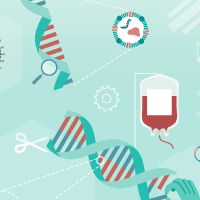What are the issues associated with developing gene therapies for rare disease and are the current development models working?
Cell & Gene Therapy Insights 2024; 10(5), 773–784
DOI: 10.18609/cgti.2024.092
The impact of rare disease (RD) affects hundreds of millions of patients across the globe and the unmet clinical needs of these populations remains a significant challenge to our healthcare systems. Gene therapy has led the way in offering new and potentially curative therapies for RD patients, but developmental challenges and cost-related issues are hindering accessibility to these innovative therapies. From translational problems to costly development and manufacturing programs, the degree of risk associated with successfully commercializing a new gene therapy creates an unstable revenue path that often deters pharmaceutical companies from investing in the development of new assets. In this article, we define some of the major issues and discuss their impact on the development cycle whilst also addressing the question of what needs to change to increase the accessibility of new gene therapies.
